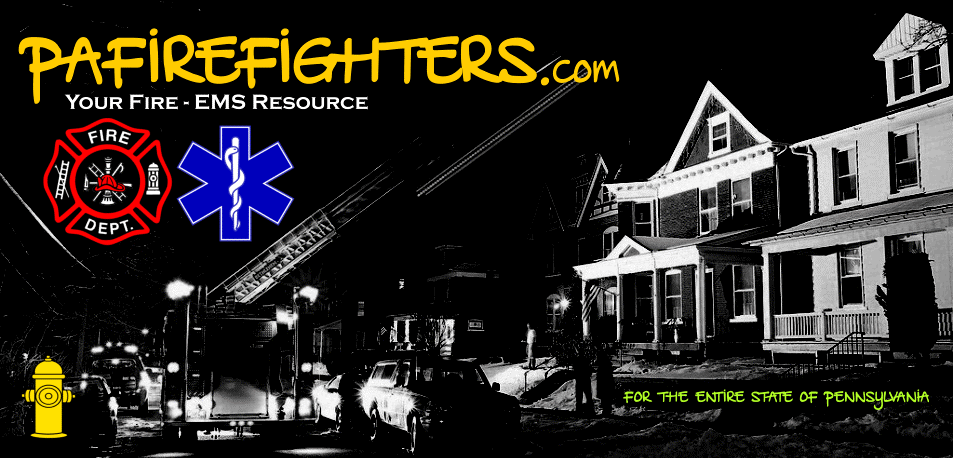
|
|
|
|
|
|
|
|
|

|
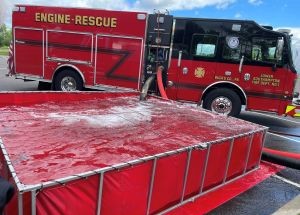
photo by Lower Southampton Fire Dept No 1 |
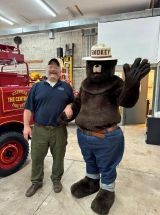
photo by Central VFD |
|
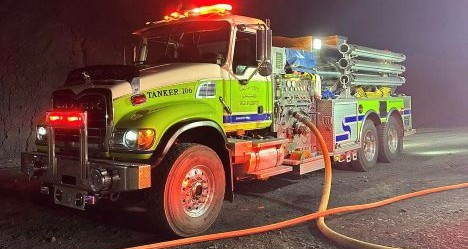
photo by Hazle Twp Fire Rescue Company |
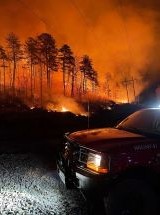
photo by Fayetteville VFD |

photo by Connie Brinker |
|
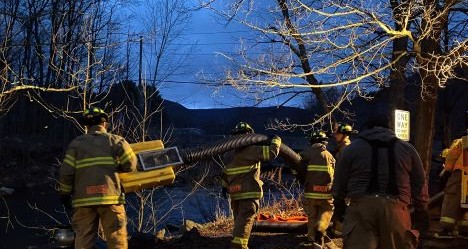
photo by Noxen Volunteer Fire Company |
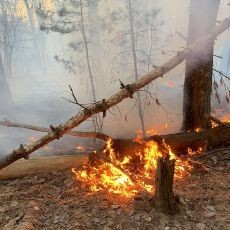
photo by Penn Twp Fire Dept |

photo by Progress Fire 32 |
|
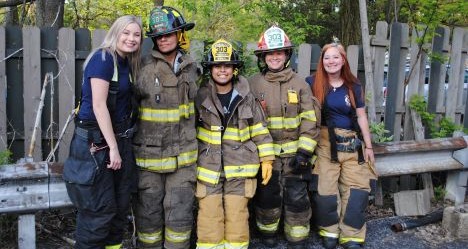
photo by Wilkins Township VFC No 3 |

photo by Bentleyville Fire Rescue |
BURNING ALTERNATIVES
To eliminate the chance of a fire spreading, to reduce pollutants from the air, or if healh reasons prevent you from burning, here are other ways to dispose of yard waste: Chipping, Composting-Mulching, Curbside Pickup, Greenwaste Facility (many landfills have reduced rates for greenwaste).
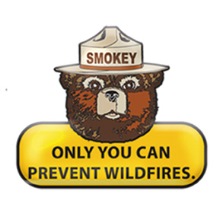
Help Needed If you are a firefighter in Pennsylvania, we need your help to verify the station information shown below is current and correct.
If you have any information to add to this section, please email us at support@gumsnroses.com |
|
|
|
 |

|

|
 |

|

|

|

|

|

|

|

|

|

|

|

|

|

|

|

|

|
|
|

photo by Upper Burrell VFC 1 |
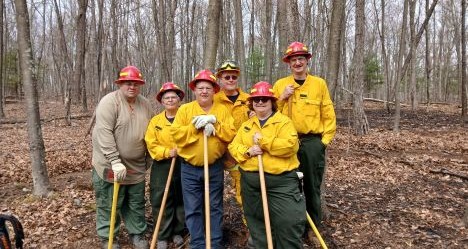
photo by Noxen Volunteer Fire Company |

photo by Pleasant Hall Voluteer Fire Company |
|
|

|
| Outdoor Fire Laws in Pennsylvania
|
|
| Know the Forest Laws and Local Ordinances Before Burning |
Burn bans are a tool used to protect life, property, and natural resources from wildfire.
Ninety-eight percent of the wildfires in Pennsylvania are a direct result of people’s actions, and place emergency responders directly in harm’s way.
They also tie up emergency responders and equipment that serve the community in the event of traffic accidents, house fires, and other emergencies.
Open burning is defined as the ignition and subsequent burning of any combustible material (garbage, leaves, grass, twigs, litter, paper, vegetative matter involved with land clearing, or any sort of debris) out-of-doors, either in a burn barrel or on the ground.
The use of propane or gas stoves, charcoal briquette grills, or the use of tobacco in any form is not covered under county burn bans.
Unless stated otherwise in a State Lands Burn Ban or by federal authorities, campfires are allowed in the fire rings that confine and contain the campfire in a designated state, federal, or Commonwealth licensed campground.
If you plan to burn,? be sure, to check with your local authorities to confirm burning is permitted.
Local municipalities and county offices may have additional burning restrictions or ban information.
|
| County Burn Bans |
County burn bans on open burning can be put in place at the request of the district fire warden (usually the district forester), after at least 10 fire chiefs or 50 percent of the fire chiefs in the county, whichever is less, recommend and request the imposition of a temporary countywide burn ban on open fires.
Any burn ban imposed under this section (Act 1995-52) shall remain in effect for no more than 30 days.
County commissioners, upon recommendation of the district forester, may extend the ban for up to an additional 30 days.
|
| State Burn Bans |
State agencies can enact burn bans on lands they manage, including state forests, state parks, and state game lands.
State Forest Lands:
Fires in fire rings and fireplaces are prohibited from March 1 through May 25.
|
| Statewide Burn Bans |
Statewide bans must be implemented by a Governor’s proclamation.
State bans prohibit smoking of tobacco in any form and building of camp fires or burning of brush and other debris within woodlands or within 200 feet of woodlands within any county of the Commonwealth.
|
| Wildfire Danger Ratings |
|
The most recent observed conditions and a short term forecast are posted daily, on the Wildfire, page under the Wildfire Danger Maps heading.
|
| Pennsylvania Code |
§ 129.14. Open burning operations.
(a) Air basins. No person may permit the open burning of material in an air basin.
(b) Outside of air basins. No person may permit the open burning of material in an area outside of air basins in a manner that:
(1) The emissions are visible, at any time, at the point such emissions pass outside the property of the person on whose land the open burning is being conducted.
(2) Malodorous air contaminants from the open burning are detectable outside the property of the person on whose land the open burning is being conducted.
(3) The emissions interfere with the reasonable enjoyment of life or property.
(4) The emissions cause damage to vegetation or property.
(5) The emissions are or may be deleterious to human or animal health.
(c) Exceptions. The requirements of subsections (a) and (b) do not apply where the open burning operations result from:
(1) A fire set to prevent or abate a fire hazard, when approved by the Department and set by or under the supervision of a public officer.
(2) Any fire set for the purpose of instructing personnel in fire fighting, when approved by the Department.
(3) A fire set for the prevention and control of disease or pests, when approved by the Department.
(4) A fire set in conjunction with the production of agricultural commodities in their unmanufactured state on the premises of the farm operation.
(5) A fire set for the purpose of burning domestic refuse, when the fire is on the premises of a structure occupied solely as a dwelling by two families or less and when the refuse results from the normal occupancy of the structure.
(6) A fire set solely for recreational or ceremonial purposes.
(7) A fire set solely for cooking food.
(d) Clearing and grubbing wastes. The following is applicable to clearing and grubbing wastes:
(1) As used in this subsection the following terms shall have the following meanings:
Air curtain destructor—A mechanical device which forcefully projects a curtain of air across a pit in which open burning is being conducted so that combustion efficiency is increased and smoke and other particulate matter are contained.
Clearing and grubbing wastes—Trees, shrubs and other native vegetation which are cleared from land during or prior to the process of construction. The term does not include demolition wastes and dirt laden roots.
(2) Subsection (a) notwithstanding, clearing and grubbing wastes may be burned in a basin subject to the following requirements:
(i) Air curtain destructors shall be used when burning clearing and grubbing wastes.
(ii) Each proposed use of air curtain destructors shall be reviewed and approved by the Department in writing with respect to equipment arrangement, design and existing environmental conditions prior to commencement of burning. Proposals approved under this subparagraph need not obtain plan approval or operating permits under Chapter 127 (relating to construction, modification, reactivation and operation of sources).
(iii) Approval for use of an air curtain destructor at one site may be granted for a specified period not to exceed 3 months, but may be extended for additional limited periods upon further approval by the Department.
(iv) The Department reserves the right to rescind approval granted if a determination by the Department indicates that an air pollution problem exists.
(3) Subsection (b) notwithstanding clearing and grubbing wastes may be burned outside of an air basin, subject to the following limitations:
(i) Upon receipt of a complaint or determination by the Department that an air pollution problem exists, the Department may order that the open burning cease or comply with subsection (b).
(ii) Authorization for open burning under this paragraph does not apply to clearing and grubbing wastes transported from an air basin for disposal outside of an air basin.
(4) During an air pollution episode, open burning is limited by Chapter 137 (relating to air pollution episodes) and shall cease as specified in that chapter.
Source
The provisions of this § 129.14 adopted September 10, 1971, effective September 11, 1971, 1 Pa.B. 1804; amended March 3, 1972, effective March 20, 1972, 2 Pa.B. 383; amended July 23, 1976, effective August 9, 1976, 6 Pa.B. 1732; amended August 12, 1977, effective August 29, 1977, 7 Pa.B. 2251. Immediately preceding text appears at serial page (27454).
Notes of Decisions
A contractor who bids on a public works project and is given notice of the type of burning and disposal permitted under DER regulations is not entitled to additional compensation on the theory that the contractor was unaware that the project area was located in an air basin. Hempt Brothers, Inc. v. Department of Transportation, 388 A.2d 761, 763, (Pa. Cmwlth. 1978).
|
|
|
 |
|
|